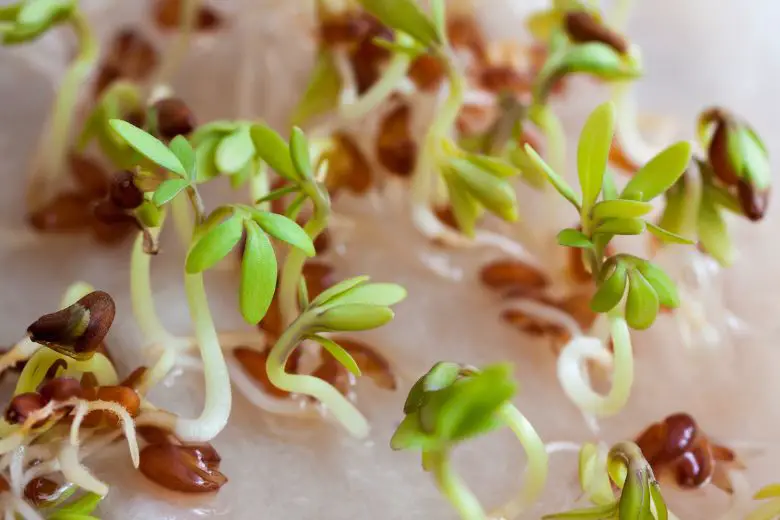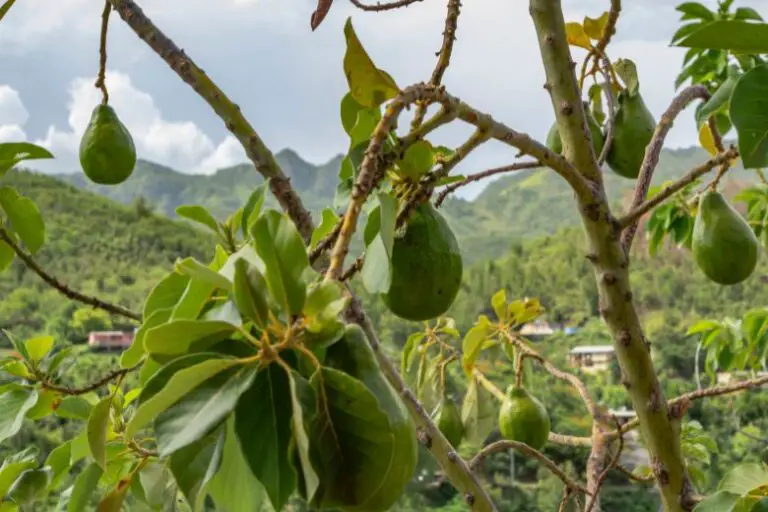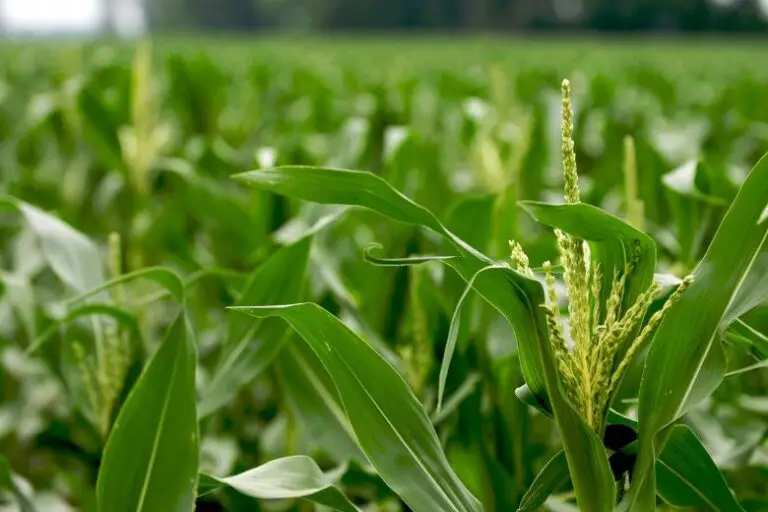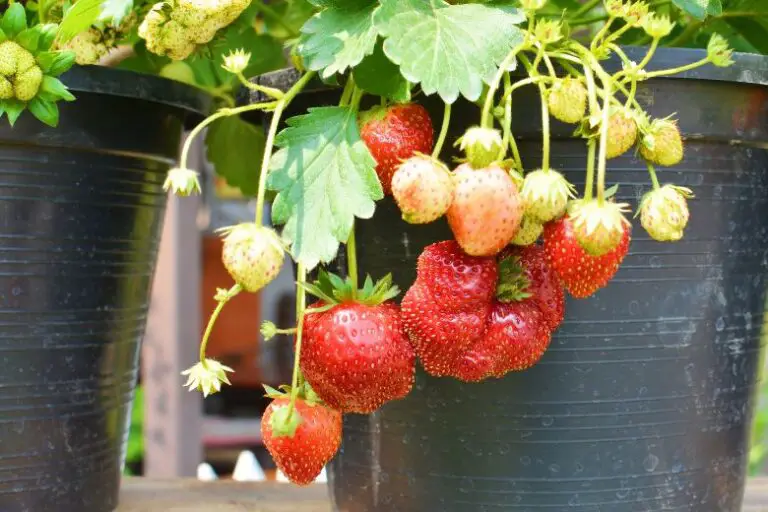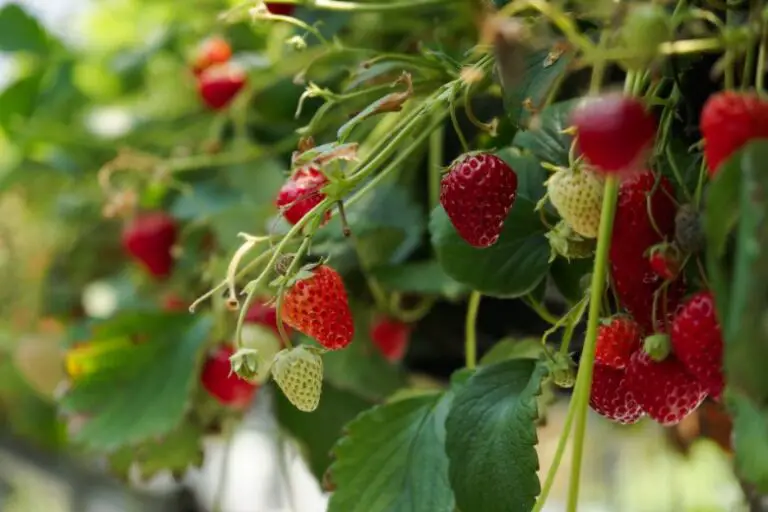How Long Does It Take for Chia Seeds to Germinate
Chia seeds have gained immense popularity in recent years due to their numerous health benefits and versatility. These tiny seeds are packed with essential nutrients and can be easily incorporated into various dishes. One common question that arises among those who wish to grow chia seeds is how long it takes for them to germinate.
Understanding Chia Seeds
Chia seeds are small, oval-shaped seeds that come from the Salvia hispanica plant, native to Central America. These seeds were a staple food for ancient civilizations like the Aztecs and Mayans due to their rich nutrient profile and energy-boosting properties. Today, chia seeds are widely consumed worldwide and are renowned for their high omega-3 fatty acid content, fiber, protein, antioxidants, and various minerals.
The Germination Process
Germination is the process by which a seed transforms into a young plant. It begins with the seed absorbing water, causing it to swell and rupture its outer shell. The root, or radicle, emerges first, followed by the shoot, or hypocotyl, which eventually develops into the first leaves. Proper conditions are essential for successful germination.
Ideal Growing Conditions
To ensure successful germination, provide chia seeds with the following conditions:
- Moisture: Chia seeds require consistent moisture during the germination process, so keep the soil damp but not waterlogged.
- Temperature: The optimal temperature for germinating chia seeds is between 65°F to 75°F (18°C to 24°C).
- Light: Chia seeds do not need light during germination. Keep them in a dark environment until the sprouts emerge.
- Soil: Use a well-draining soil mix to prevent waterlogged conditions that can lead to seed rot.
Timeframe for Germination
Under ideal conditions, chia seeds typically germinate within 7 to 14 days after sowing. However, factors like temperature, moisture levels, and seed quality can influence the germination timeframe.
Signs of Germination
Once the chia seeds begin to germinate, you will notice small white roots emerging from the seeds. As the roots grow longer, green shoots will follow, eventually developing into young chia plants.
Common Challenges and Troubleshooting
Germinating chia seeds can be straightforward, but challenges may arise. Common issues include mold growth, overwatering, and poor seed quality. To overcome these challenges, ensure proper ventilation, moderate watering, and use high-quality seeds from reputable sources.
Transplanting Chia Seedlings
Once the chia seedlings have grown their first set of true leaves, they can be carefully transplanted into larger pots or a garden bed.
Caring for Young Chia Plants
Young chia plants require regular watering and protection from extreme temperatures and pests. They also benefit from natural sunlight to support healthy growth.
Harvesting Chia Seeds
Chia plants usually mature and are ready for harvest within 3 to 4 months. The seeds are ripe when the flower heads have dried, and the seeds have turned dark in color.
Delicious Ways to Enjoy Chia Seeds
Chia seeds are incredibly versatile and can be added to various recipes. Enjoy them in smoothies, yogurt, oatmeal, salads, or as an egg substitute in vegan baking.
The Nutritional Benefits of Chia Seeds
Chia seeds are a powerhouse of nutrients. They are an excellent source of omega-3 fatty acids, fiber, protein, calcium, magnesium, and antioxidants. Incorporating chia seeds into your diet can promote heart health, aid in digestion, and support overall well-being.
Chia Seeds vs. Other Seeds
Compared to other seeds like flaxseeds and sunflower seeds, chia seeds offer a unique nutritional profile. They are especially rich in omega-3 fatty acids and have a higher fiber content than most seeds.
Environmental Impact of Chia Cultivation
Chia cultivation can have positive environmental impacts due to its low water and pesticide requirements. It also offers opportunities for sustainable agriculture and biodiversity preservation.
Incorporating Chia Seeds into Sustainable Agriculture
Chia’s adaptability and minimal resource needs make it a suitable candidate for sustainable agriculture practices. Integrating chia cultivation into existing agricultural systems can provide ecological and economic benefits.
Conclusion
Chia seeds are a remarkable superfood with a fascinating germination process. With proper care and attention to ideal growing conditions, you can successfully grow chia seeds in your garden or home. Enjoy the nutritional benefits of these tiny seeds and contribute to sustainable agriculture practices.

